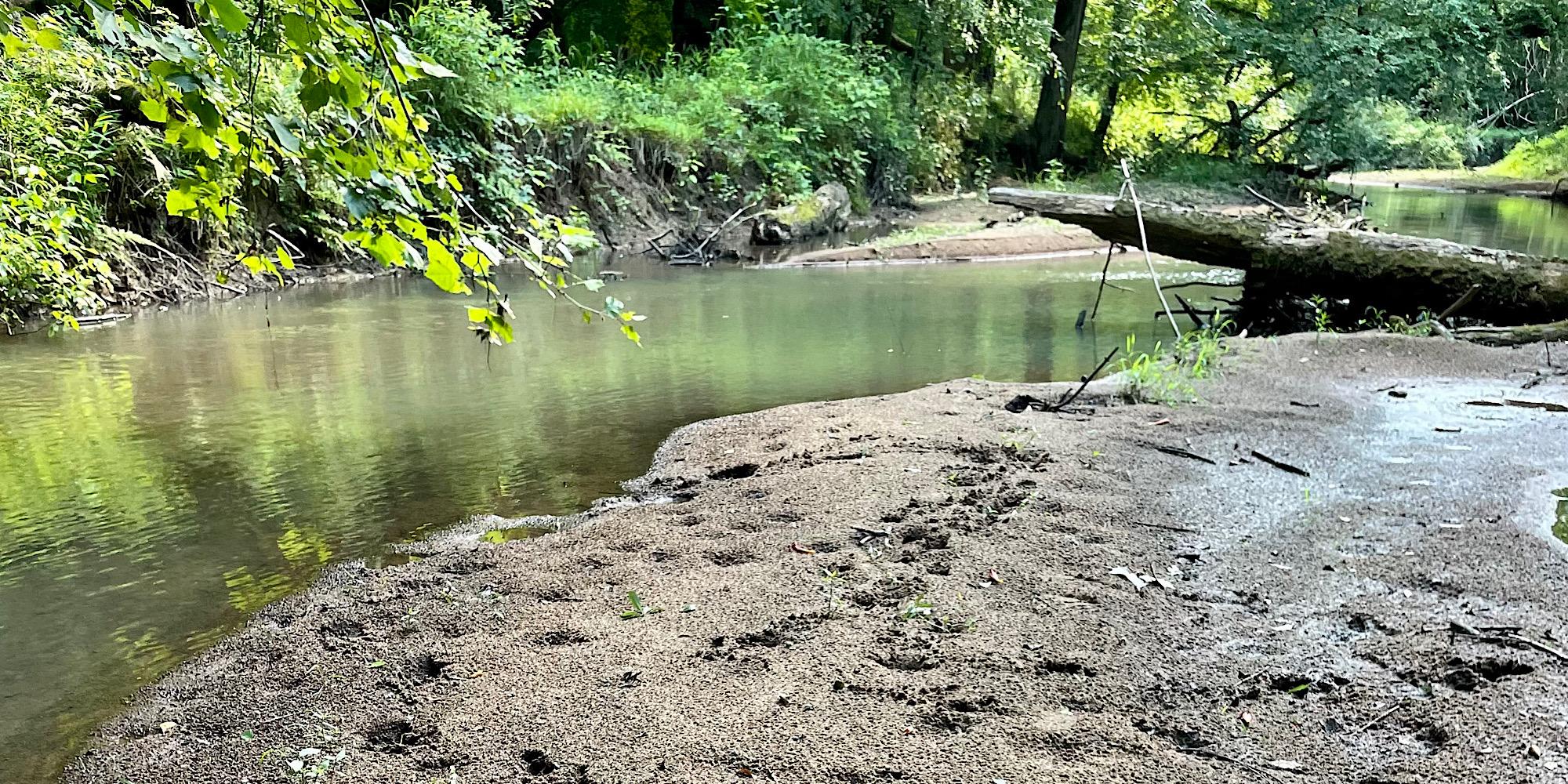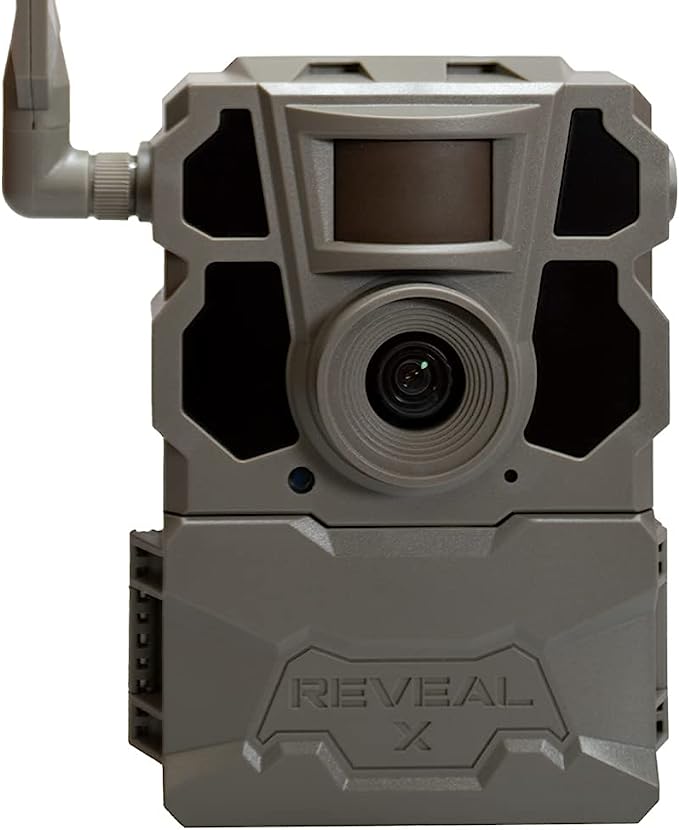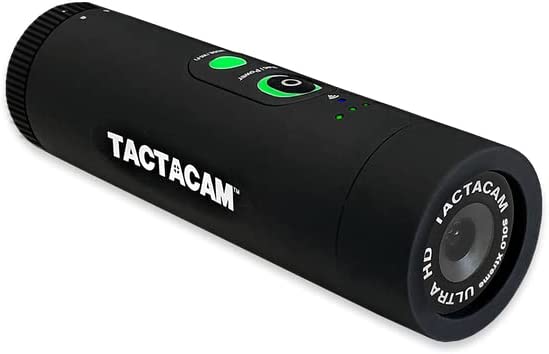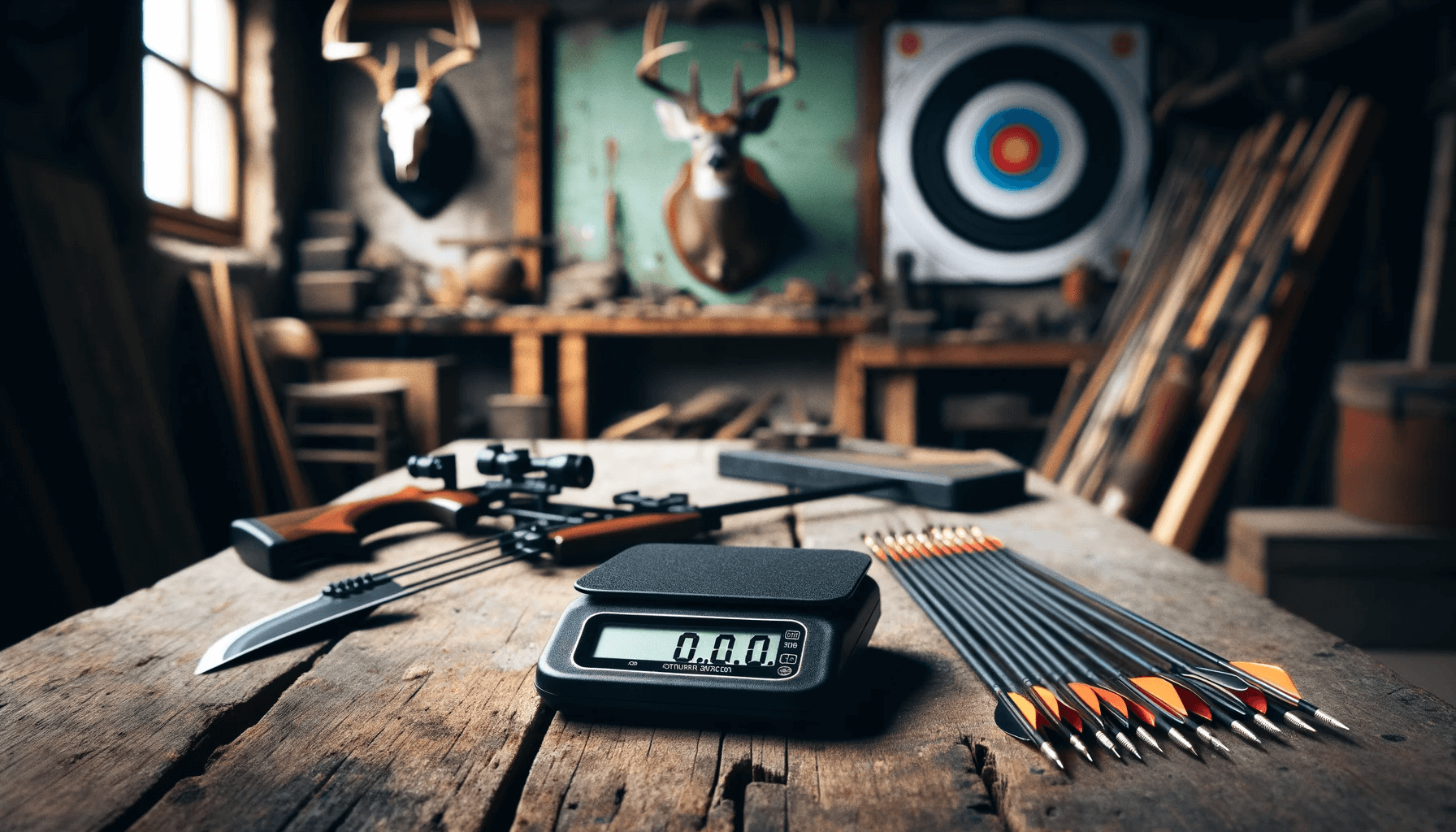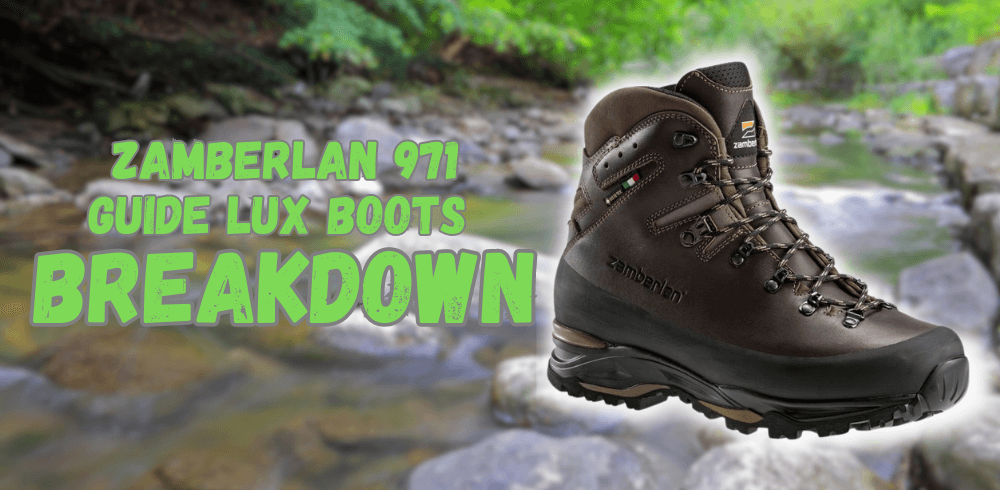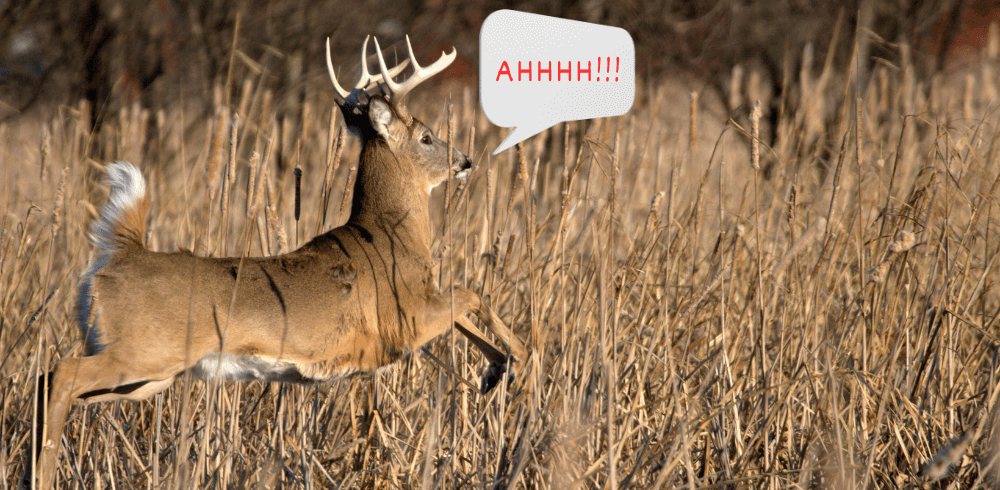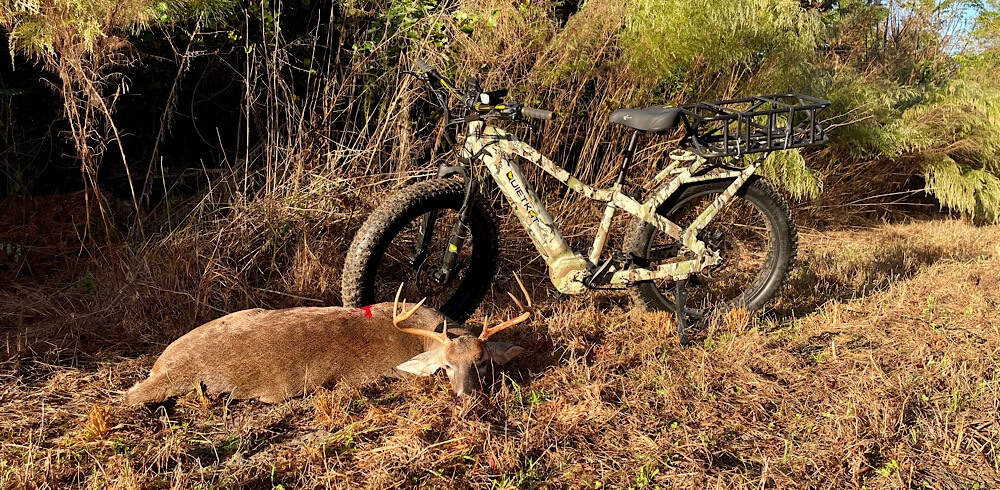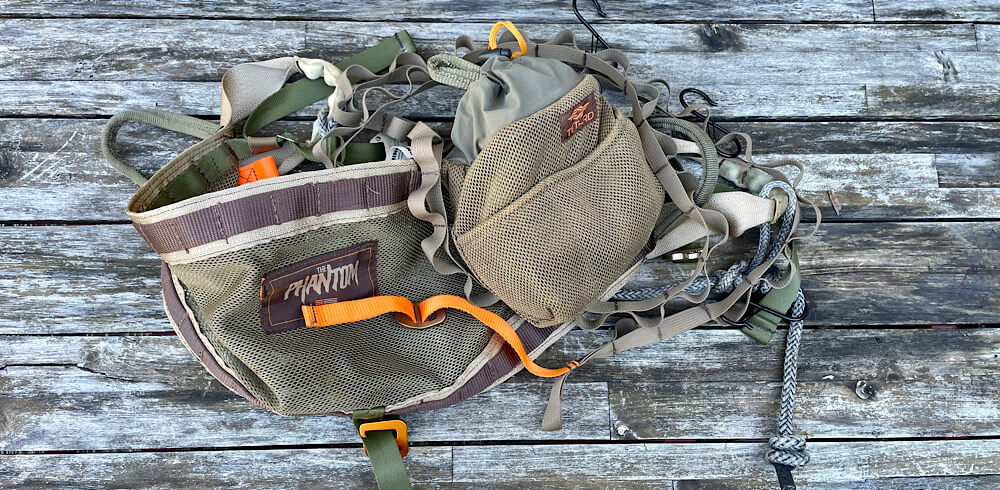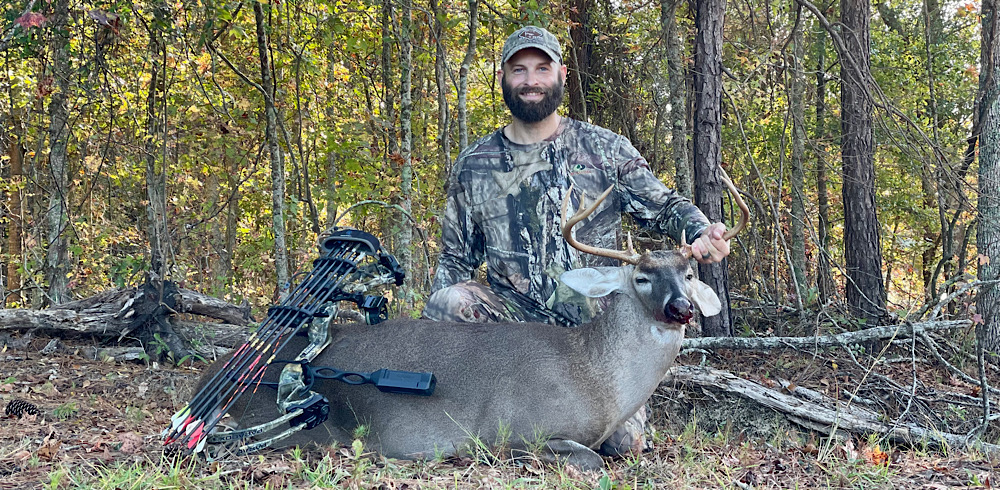Deer need three things to survive – security, food, and water. Oftentimes, we only focus on the first two, but water can be one of the easiest paths to daylight deer movement, especially in the warmer early-season months.
Why Water?
We may not put much of a priority on water in the early-season, but deer do. Like dogs, deer don’t have sweat glands. They pant to cool themselves down.
However, panting is only effective if a deer is hydrated. So, when it’s 95° with a relative humidity of 85% like it often is here in the Southeast, how important do you think it is for deer to stay hydrated?
A hungry deer can easily wait until dark to walk 400 yards to the nearest food source, thus saving precious Summertime energy. But it’s not going to lay in its bed and overheat.
Deer are going to drink water when they need it, but that’s not the only way they use it for survival.
More Than Hydration


Deer use water for the obvious reason of staying hydrated, but water also comes into play with regards to security and food as well. Riparian zones – those areas situated right up against creeks, rivers, and streams – provide plenty of vegetation and nutrition, as well as tall grasses and brush perfect for secure bedding.
And oftentimes, water is found in a bottom where the wind swirls, offering a huge advantage to whitetails, which live and die by their noses.
Remember the three things deer need – security, food, and water. When you begin to look at all that water provides, it’s easy to see how attractive it is to deer.
How Deer Use Water


As a creek winds through an area, oxbows form, creating gradually-sloping banks that make easy water access for deer.
Remember, deer are lazy. And like humans, the older they get, the lazier they get. They don’t want to expend much energy and risk injury by jumping down into a creek when they could simply walk down a gradually-sloping bank to a sandy barge where they can quietly drink their fill.
Oxbows, where a creek or river turns back toward itself before continuing downstream, offer great security.
Deer can bed on the inside edges of oxbows, surrounded by water where they smell in one direction (more when the wind swirls), hear if anything tries to approach through the water, and have a nice escape through the water if need be.
Bedding in these areas provides all-day security, all-day access to water, and oftentimes all-day access to food. All in one location. This is the reason that old, mature bucks are often found in these types of locations.
How To Scout Water

To find deer near water, we can e-scout using OnX, marking oxbows in areas that look ideal. Ideal might mean there is a nearby ridge they might travel or bed on, a nearby food source, an edge where pines meet hardwoods or where hardwoods meet a marsh.
Something more than simply water. Deer are strategic in choosing where they spend their time, so we want to optimize our time afield by choosing locations that deer might see as exceptional.
After marking our spots, we can physically walk those areas, looking for obvious sign – tracks in the mud, trails into and out of the water, beds near the water – that indicates deer are crossing into and out of the water at specific locations on a daily basis.
Once you find a good, well-used creek crossing, it’s time to set up a camera, view from an observation tree, or find a tree to hunt from.
Make sure to pay attention to the wind. Take milk weed or talcum powder (wind checker) with you and check wind direction multiple times on your walk in and out.
You’ll want to enter, hunt, and exit where the wind won’t be blowing into the area you’re expecting deer to be using. Oftentimes, thermals will pull your scent downstream over the water in the evenings if the water is large enough, cool enough, and flowing fast enough.
A cell camera can tell you within a couple weeks if deer are using that crossing during daylight hours. If they show up during daylight multiple times per day, they are likely bedding nearby and feel safe in that area.
If this is the case, gather as much intel as possible with regards to which direction they travel, what times they typically show up, and in what wind conditions. The next time you go in should be for your first hunt.
If you don’t have a camera, find a tree you can quietly get to within 100 to 150 yards of the crossing to observe through binoculars.
How To Hunt Water
Once you’ve found your ideal location and have either seen deer there or feel confident it’s worth a blind sit, make sure to enter in a way that won’t alert deer to your presence.
That means with regards to wind, noise, and sight. Deer don’t simply rely on their noses. They’re constantly on high alert with all of their God-given senses.
During the early season, a morning hunt is typically not a good idea because the deer are already on their feet moving back to their beds, and you run the risk of walking up on them on your way in.
An evening hunt is the way to go because you can walk in slowly, scanning the horizon as you go, and the deer you’re after are usually still laying in their beds.
Depending on the terrain, traveling through the creek itself using waders, high boots, or a kayak – or simply walking right alongside it – can help keep your profile low and create less of a disturbance in the woods.
No matter how you need to travel, remember that sometimes taking the long way to your tree is the best way to ensure you enter undetected.
Water Access
In recent years, hunting areas only accessible by water has become extremely popular. Most hunters won’t travel a mile from their vehicle to hunt, let alone paddle all their gear to a mosquito-infested part of the woods that they can’t walk to.
That’s why so many die-hards have begun doing it. When the hunting pressure of the early season begins, deer retreat to wherever the hunters aren’t.
That’s why some of the biggest, gnarliest bucks have been killed in those hard-to-reach areas.
So, if you’re a die-hard, your e-scouting and boots-on-the-ground scouting should include some of those “out-of-reach” areas that might require waders or a kayak. You may just tag your best buck yet.
Questions and Comments
Are you planning to hunt near water this year? I’d love to hear your plans and if this was helpful to you. Leave your questions or comments below. You can also find me on Instagram and Facebook @southeasternbowhunting.

